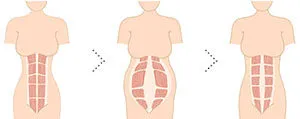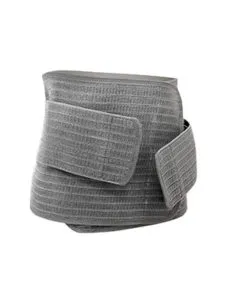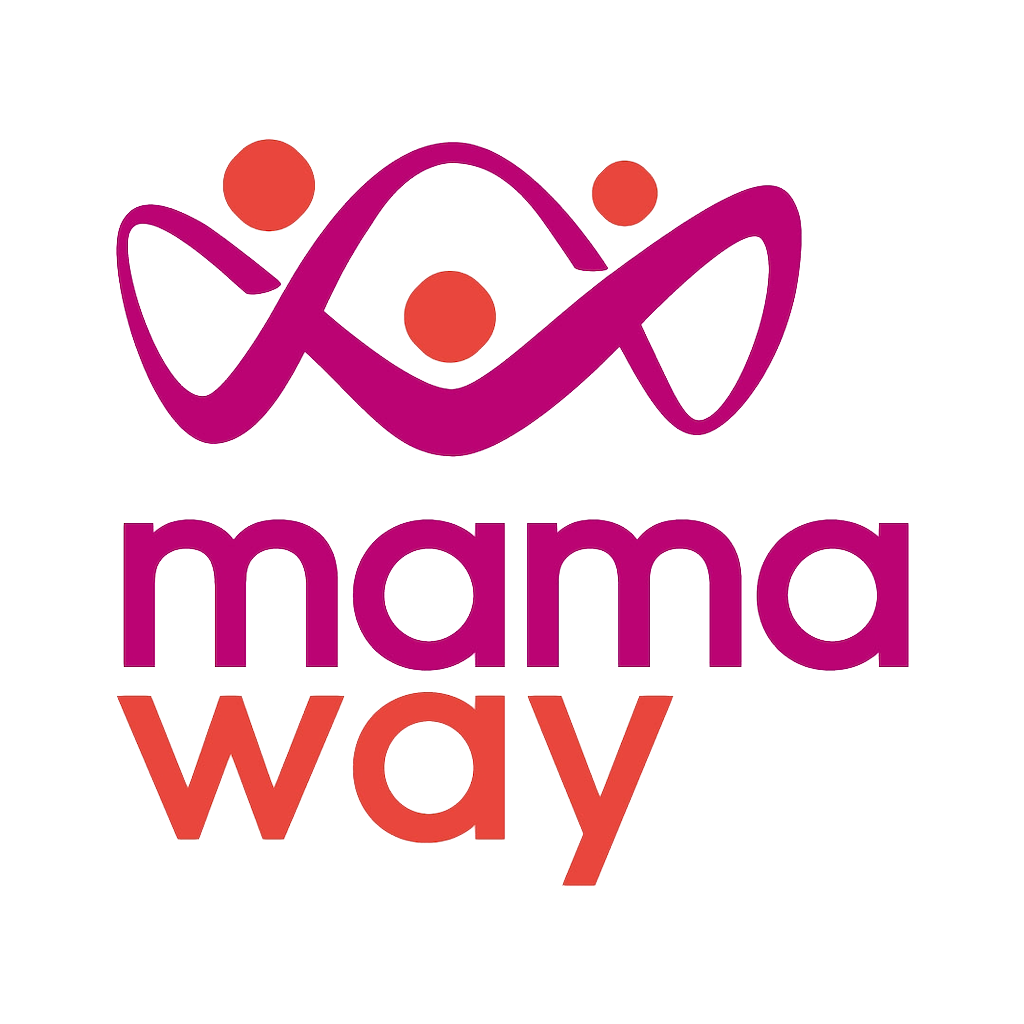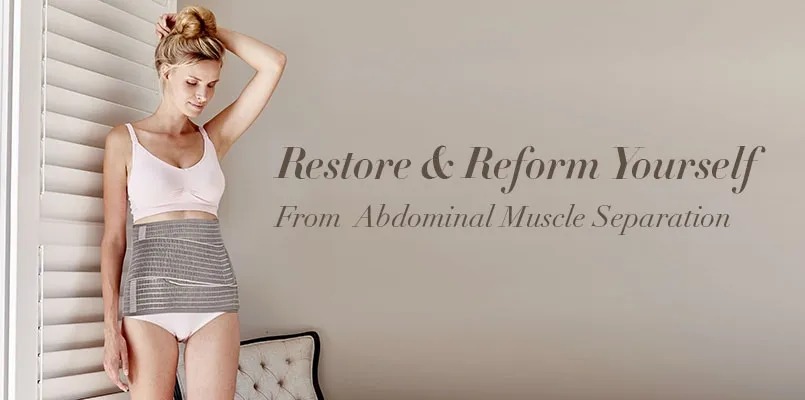The journey following the birth of your baby can be overwhelming.
It is a very steep learning curve of which we all feel at times we will never truly understand.It is just as important to follow a path of physical restoration of your own body following the birth as it is to learn to care for your newborn child
This journey to restore and reform yourself and be the best you can be will take time and should not be rushed. Its should start as soon as possible after the birth and continue throughout the childbearing years.
Education of what to do and when, is what will aid us to work on our reformation.
This information can be found under the guidance of a physiotherapist specialising in womenshealth-pregnancy and post part care
if you haven’t sought out a physiotherapist during your pregnancy the best place to find one after the birth is in the post natal ward of the hospital.
Often there is a post natal exercise class run by the physiotherapist it is here you will learn about pelvic floor activation abdominal separation. Appropriate exercise to begin restoration of your abdominal muscles posture education re: feeding lifting carrying etc simple ways to ease muscle tension and pain associated with the repetitive activities of caring for your baby.
It is also a good time to book a 1-1 session with the physiotherapist specialising in women health to go through any individual physical symptoms or questions you may have.
Here you will be able to address
- Physical symptoms of pain or discomfort, back or pelvic pain associated with your pregnancy and labour
- Have a thorough assessment of abdominal muscle separation
- Discuss any concerns re pelvic floor recovery
- Have an exercise program designed for you to return safely and appropriately to exercise
- Abdominal support can be fitted to aid in the support and restoration of your abdominal wall

Continued guidance by a physiotherapist in the post part um period will guide you alongthe path to the ultimate body reformation.
Abdominal support in the form of an abdominal binder is recommended to be worn for 6-8 weeks following the birth of your baby if abdominal separation is greater than 3-4 finger widths or 50mm
Many women are concerned wearing a binder will make their muscles lazy ..on the contrary,in those with a significant abdominal separation, it provides a support mechanism or brace like action, for the trunk and abdominal area especially when active during the day, lifting,bending and carrying.
It also instigates an awareness of the need to activate the abdominal and pelvic floor muscles during activity.
There are many different abdominal binders available that can be purchased on line or supplied by your doctor or physiotherapist.
Most importantly they must be comfortable to wear for long periods of time and in all positions,sitting,standing etc and kind to the skin.
I highly recommend the Mamaway Nano bamboo postnatal belly band


It is soft but rigid enough to supply appropriate support
The extra external wrap allows specificity to an abdominal separation and provides more specific back support.
Many women are keen to return to exercisefollowing the birth of their baby but not sure what they can do and when?
Participating in sport,running or other high impact activities too early after childbirth may reduce pelvic floor muscle strength and cause long term bladder and bowel problems or pelvis organ prolapse ,so it is important to be guided by a women health physiotherapist during this time .
During the early weeks post natal walking combined with abdominal and pelvic floor exercise is appropriate
It is recommended to wait until your 6 week post natal check with your obstetrician, midwife or continence professional before increasing your activity level aim to steadily increase back to high impact exercise over a 3-4 month period after birth you can minimise the risk of these developing by being educated and taking precautions
 Alsion Blake
Alsion Blake
ALISON BLAKE
PHYSIOTHERAPIST-BODYBALL EXERCISE PROGRAM FOR WOMEN IN THECHILDBEARING YEARS


Leave a Reply